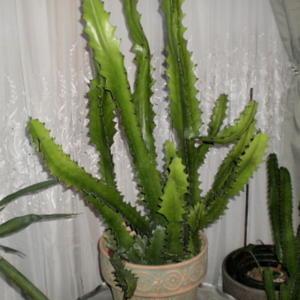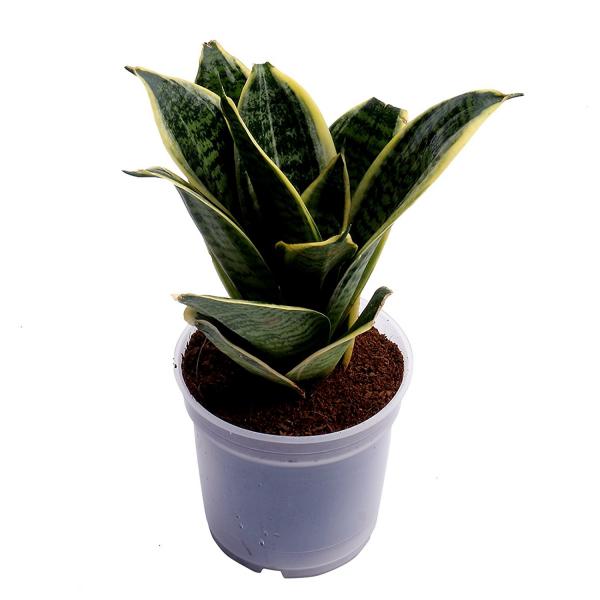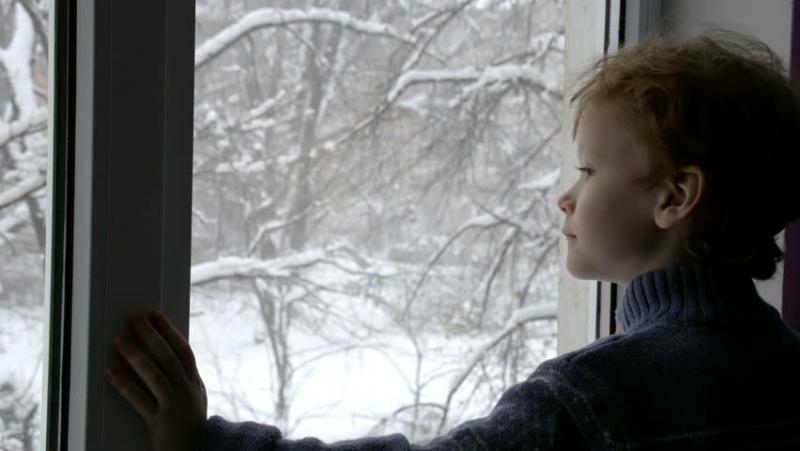January Newsletter

Happy New Year! We hope you all had a joyous and healthy holiday season. Now it’s January. Here in Michigan, January is cold, dark, and beautiful. Because we are spending more time indoors our newsletter this month touches on houseplants and your pets, unusual ways to stay warm indoors, and finally, if you do have to go outdoors, how to be safe and healthy about it!
As always, we love to hear from you. Contact us with your questions, comments, and suggestions!
What plants are poisonous to pets?
We’ve all seen a dog or cat nibbling on plants in the yard or even in the house. There could be a good reason for your pet to be eating a particular plant such as a vitamin deficiency, intestinal parasites, gas, or even just boredom.
It’s important to talk to your veterinarian if you observe your pet eating plants. Take note of which plants he/she eats and any symptoms he/she experiences afterward. Some plants taste good to pets, but some are extremely dangerous. The ASPCA has a list of the most commonly encountered plants with information on their toxicity to certain pets (including horses). https://www.aspca.org/ click here>>
Here are 10 indoor house plants pet owners should avoid:
- Philodendron - can cause oral irritation and swelling in the mouth, excessive drooling, vomiting and difficulty swallowing.
- Syngonium - also known as arrow-head. Same symptoms as philodendron.
- ZZ Plant - zamioculcas Zamifolia, all parts of this plant are considered toxic to humans and pets.
- Sansevieria - also known as snake plant, can cause nausea, vomiting, and diarrhea.
- Bird of Paradise - the flowers and fruit of this tropical plant can cause nausea, vomiting, and drowsiness.
- Asparagus fern - exposure to this popular houseplant can cause skin irritation.
- Schefflera - eating this floor tree can cause major mouth irritation, excessive drooling, and vomiting.
- Euphorbia - The white sap of this succulent plant causes an itchy rash, and ingestion causes a similar reaction inside the digestive tract.
- Jade plant - this lovely houseplant is toxic to dogs, cats, and humans and causes vomiting and depression when ingested.
- Aloe - the gel that this plant produces is edible and has many healing properties, but other part of the plant cause vomiting, diarrhea, and lethargy.
These are some of the most common house plants. Know the plants you have in and around your house to protect your pets and your kids from potential health risks.



5 Ideas to Keep Your Home Warmer - You Probably Didn't Know
We all know the basic tips to a warmer house in the winter: block drafty doors, move furniture away from the registers, close your curtains at night and let the sun in during the day, and of course close your chimney flue. Well, here are five other things you can do that may not have occurred to you!
- Close off unused rooms and close the heat vents in those rooms. It does more than contain the cold air in that room, it contains the heat in the rest of the house.
- Reverse your ceiling fans to circulate clockwise. Heat rises, and a ceiling fan rotating clockwise at a slower speed will drive warm air back down into the room.
- Add area rugs to tile, wood, or linoleum floors. Your hard surface floors can account for up to 10% of your heat loss if they are not insulated. Rugs can help replace missing insulation.
- Turn off the bathroom exhaust fan. This little fan pulls hot air that rises to the ceiling out of the home! Use the bathroom and kitchen exhaust fans sparingly in winter and turn them off when you’re done.
- Move furniture away from heat sources because the furniture will soak up all the heat. That means the heat won’t make it into the room to warm your home!
As a good rule of thumb, to save money and stay warm, consider how you feel over what the thermostat says. Wear warm socks and slippers, cozy sweaters, put flannel sheets and heavier blankets on your bed, and use throw blankets in your living room. These little actions will allow you to keep the thermostat low while staying warm and cozy.
Winter Weather Preparedness
Our winter this year has already been rather dramatic. We’ve had record snowfalls in some areas of the state, as well as some extreme cold spells. It seems we’ve recently experienced our “January thaw” we all know there is a good, long winter ahead of us.
This little list is from Ready.gov and covers some steps you should take during extreme cold or a dangerous snow storm. Check the link for before and after the storm tips as well.
- Stay indoors during the storm.
- Drive only if it is absolutely necessary. If you must drive: travel in the day; don’t travel alone; keep others informed of your schedule and your route; stay on main roads and avoid back road shortcuts.
- Walk carefully on snowy, icy, walkways.
- Avoid overexertion when shoveling snow. Overexertion can bring on a heart attack—a major cause of death in the winter. Use caution, take breaks, push the snow instead of lifting it when possible, and lift lighter loads.
- Keep dry. Change wet clothing frequently to prevent a loss of body heat. Wet clothing loses all of its insulating value and transmits heat rapidly.
- If you must go outside, wear several layers of loose-fitting, lightweight, warm clothing rather than one layer of heavy clothing. The outer garments should be tightly woven and water repellent.
- Wear mittens, which are warmer than gloves.
- Wear a hat and cover your mouth with a scarf to reduce heat loss.
Meanwhile, in Michigan...



